Demir Kapija: The Iron Gate
Demir Kapija is a small town in the wine region of central Macedonia. The name is Turkish for “Iron Gate,” referring to a natural gorge in the hills south of town. Besides a couple of great wineries, Demir Kapija is known for its hiking and rock climbing opportunities.
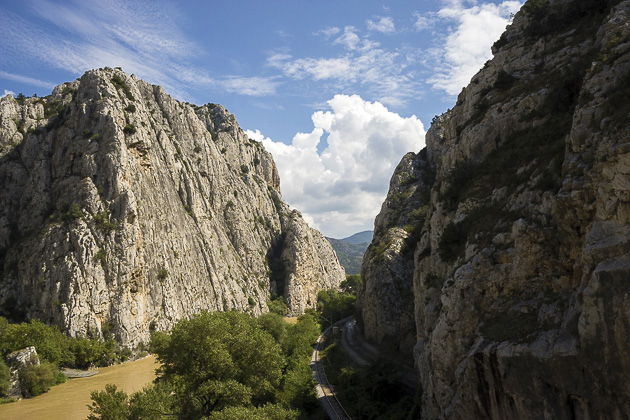
The most impressive sight in Demir Kapija is the geological formation which lends the town its name: the Iron Gate. This canyon carved out by the Vardar River has always been an important thoroughfare from the south to the north of Macedonia. It’s easy to understand why the Turks gave it so ominous a title. Squeezing through these tight, rocky walls must have been a dangerous proposition for invading armies.
Macedonia’s main highway still passes straight through the Iron Gate and, between two tunnels, there’s a small parking space. Drive too fast, and you’ll blow right past it. From the parking lot, a path leads through the canyon to the banks of the Vardar. The rock walls on either side are nearly vertical, providing a great spot for mountain climbers. A local climbing outfit called Rock Land Camp has helped map out over twenty routes of varying difficulty, and the spot has recently been gaining a reputation with enthusiasts from across Europe.
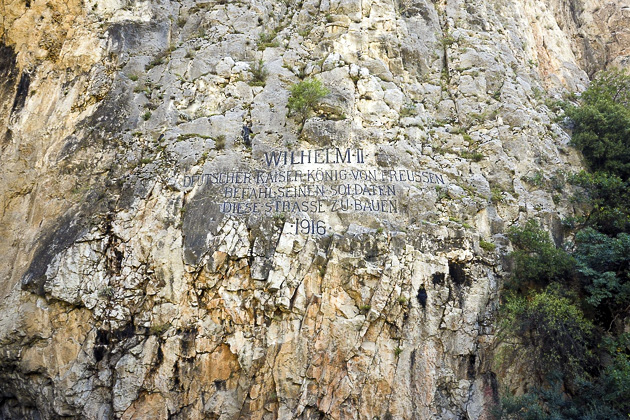
On the other side of the Vardar, we could see a dirt road winding through an older tunnel, which has long been out-of-use. According to the inscription etched into the stone above it, the Germans built this tunnel in 1912 on the orders of Kaiser Wilhelm II. Before the beginning of WWII, the French army had extended the tunnel and added themselves to the inscription as contributors. But during the Nazi occupation of Macedonia, the French part was blasted away.
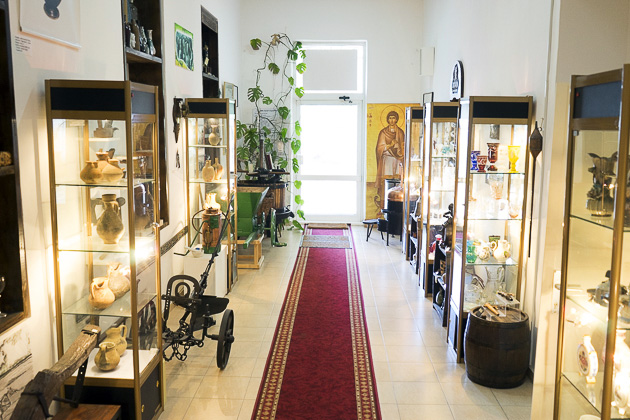
Later, we would see time-worn photographs of the tunnel with both German and French inscriptions, while visiting Demir Kapija’s museum. Small but compact, the museum also features archaeological finds, and a lot of information about wine production in Macedonia. We saw ancient grape-crushing implements, pottery, statues, as well as photographs dating back to the Ottoman period.
Before returning to the Popova Kula winery, where we were staying the night, there was time for one last adventure. While in the museum, we saw photographs of a Roman-era basilica which had been discovered in a field near the Iron Gate, and decided to search it out ourselves. Using the picture as a reference, we walked past a few houses and deep into the grape fields, almost definitely trespassing on private property. We knew that we had to be close, but couldn’t find the basilica anywhere.
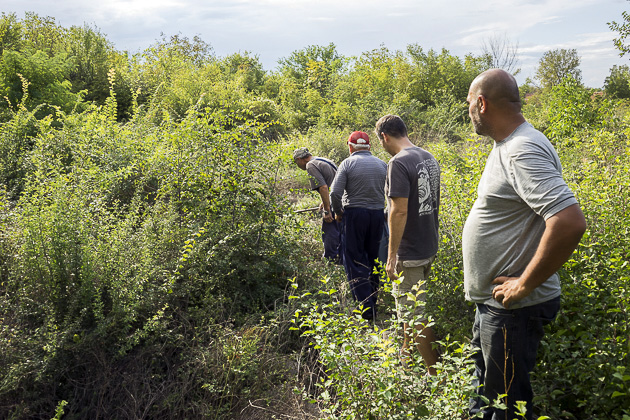
Luckily, we encountered a farmer walking through the fields. He was initially suspicious of our intentions, even suggesting that we were looking to plunder the church, but eventually agreed to take us. Leading us through a maze of thickets, he hacked away the branches with the machete he apparently always carries, until stopping suddenly. “Here.” I looked around, seeing nothing… and then realized that we were already standing on the basilica! The photograph had shown an archaeological site in the midst of excavation, but judging by the amount of growth, this basilica hadn’t seen activity for at least a decade. We poked around for a couple minutes, but soon gave up, much to the farmer’s satisfaction. I had the distinct impression that he would rather this ancient site remain forgotten, than have archaeologists return and dig up his fields again.
Despite its small size, there’s a lot to do and see in Demir Kapija, particularly for those interested in hiking or rock-climbing, and it makes a perfect base from which to explore Macedonia’s beautiful wine region.
Locations on our Map: Iron Gate Parking | Demir Kapija Museum | Overgrown Basilica (Approximate)
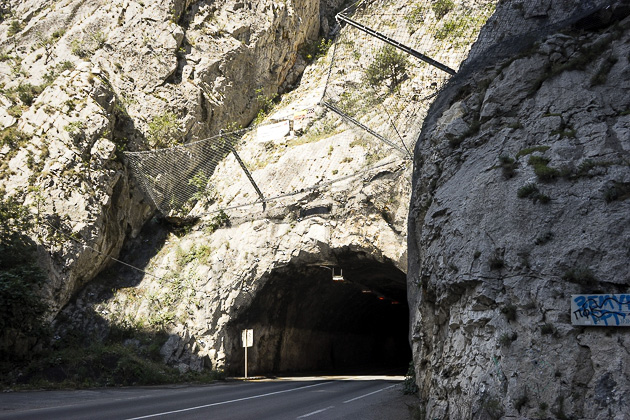
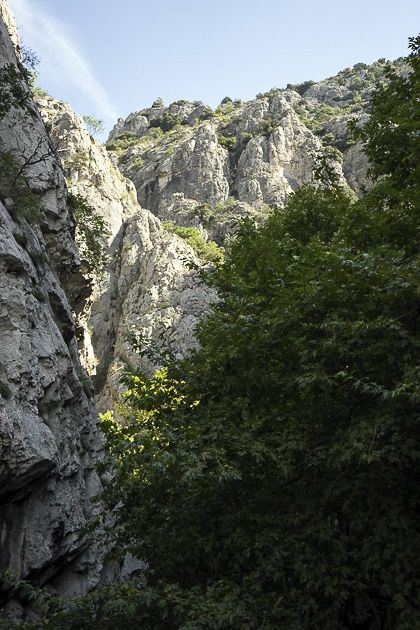
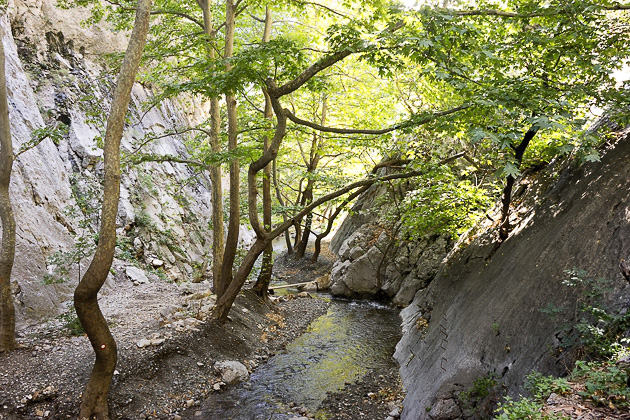
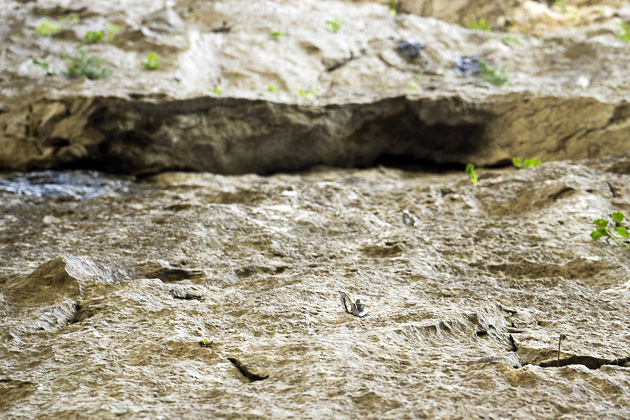
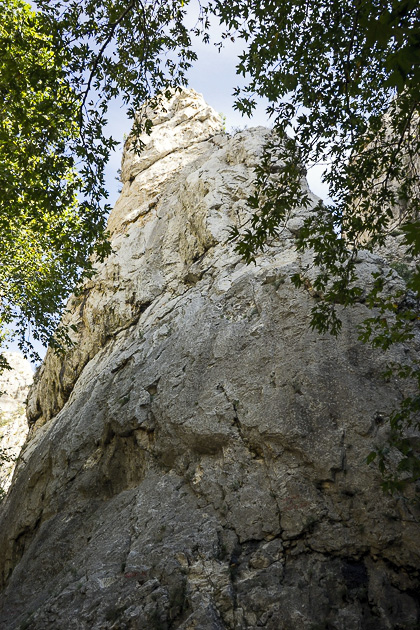
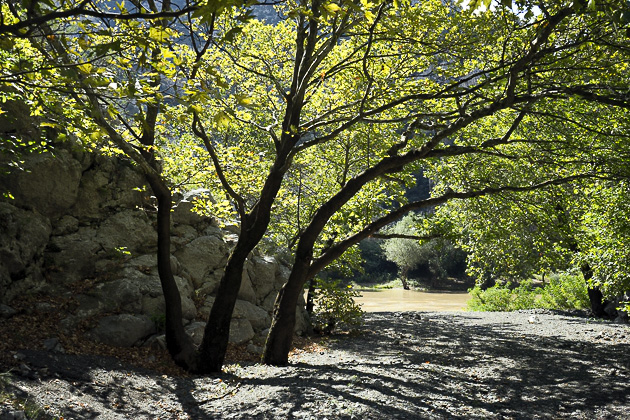
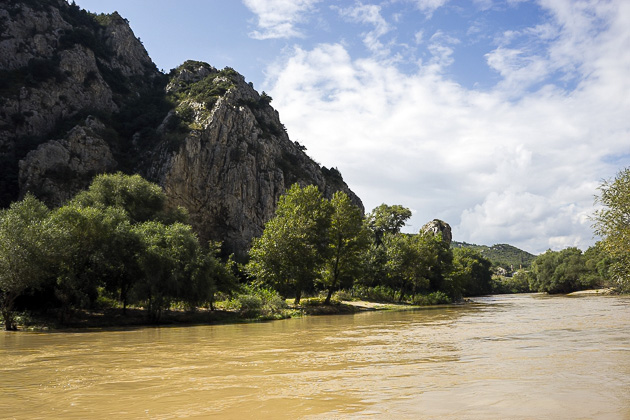

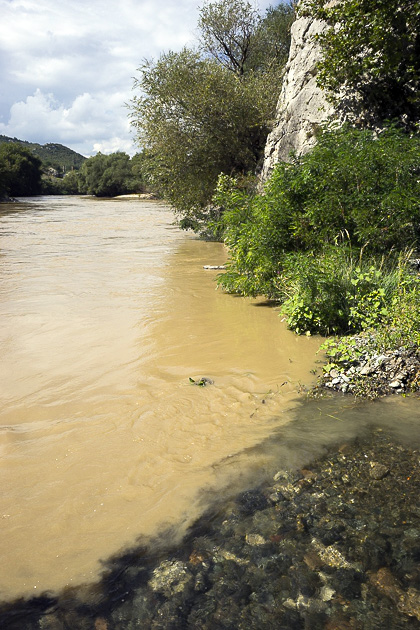
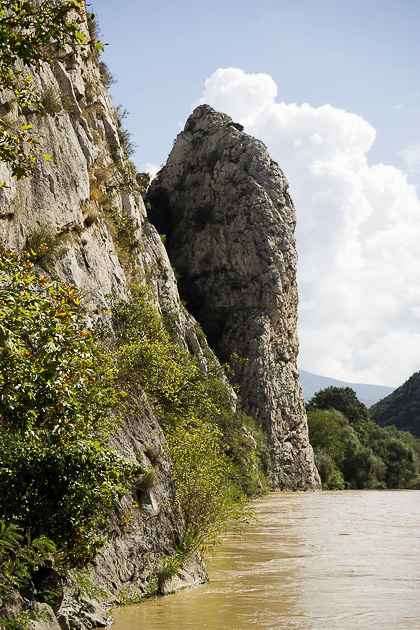
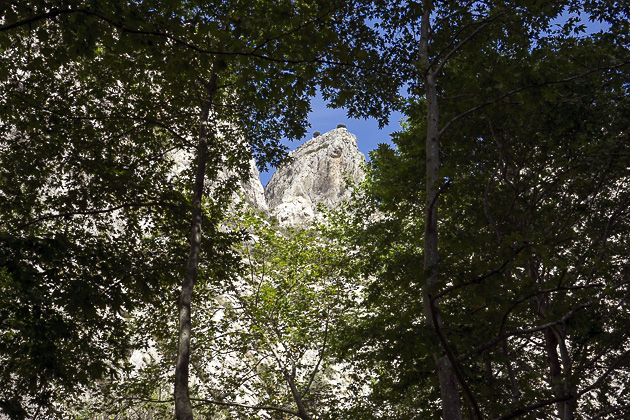
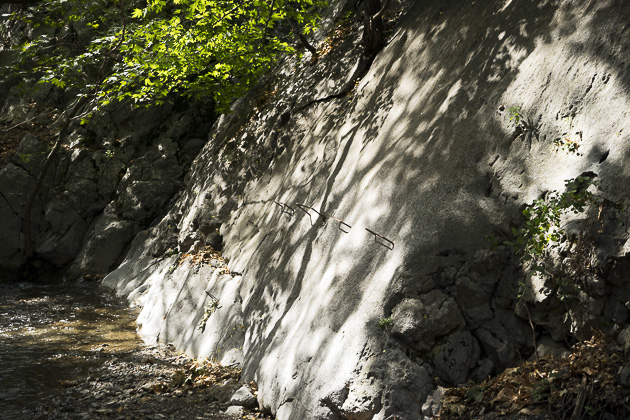
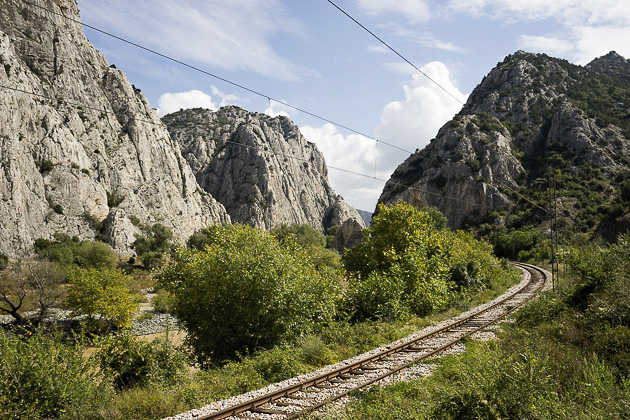
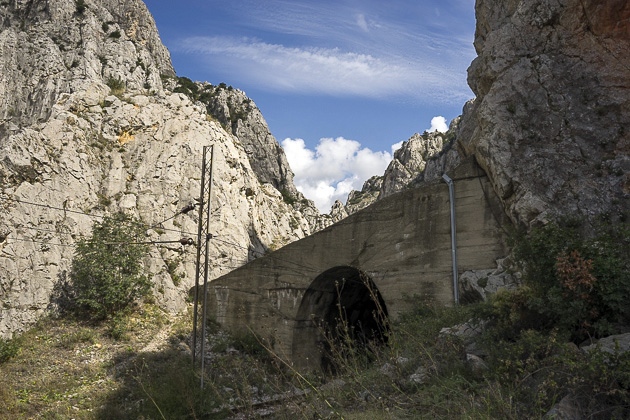
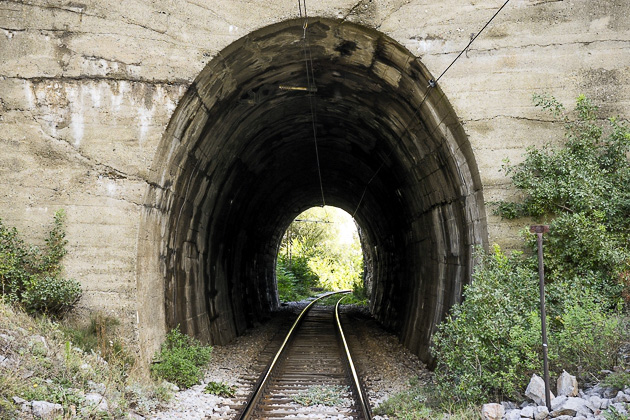
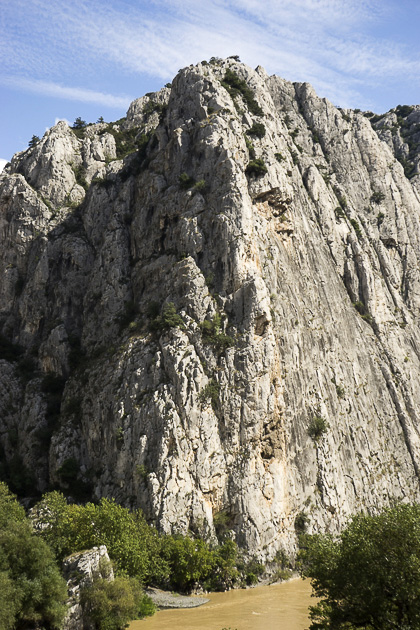
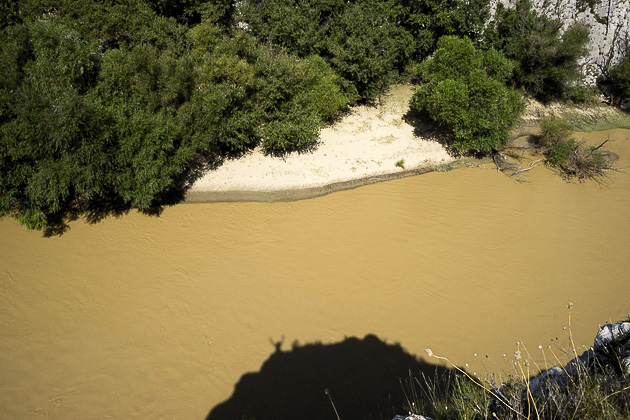
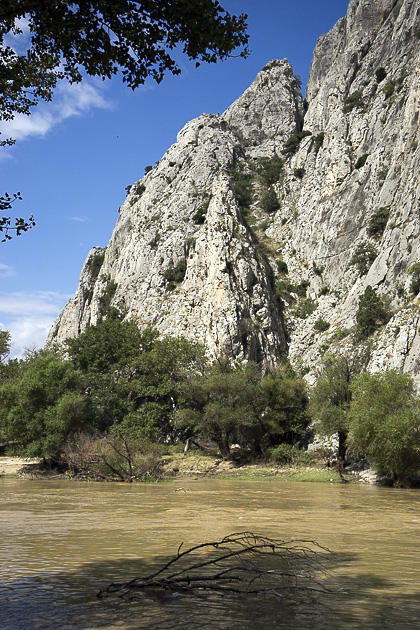


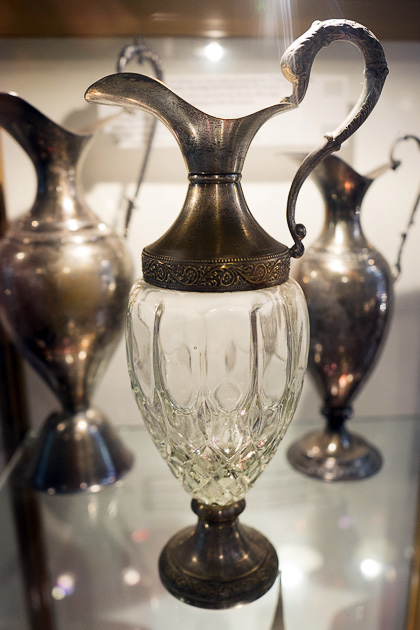
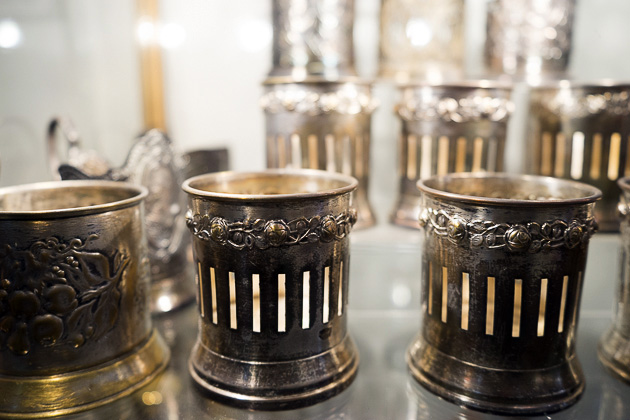

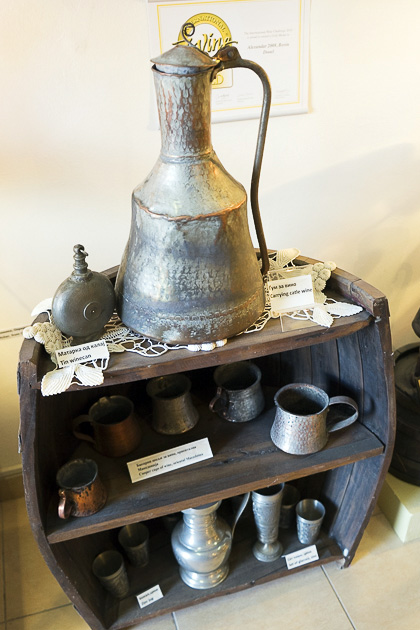


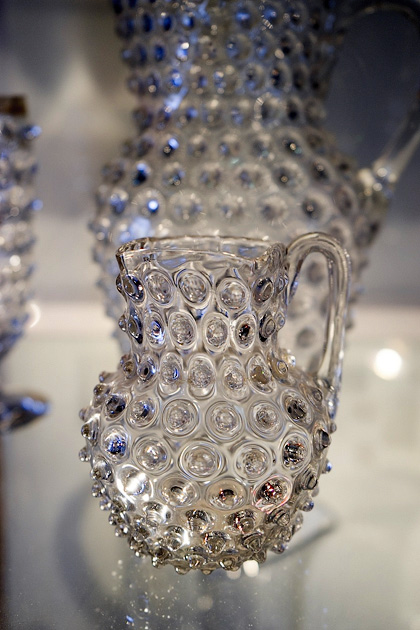
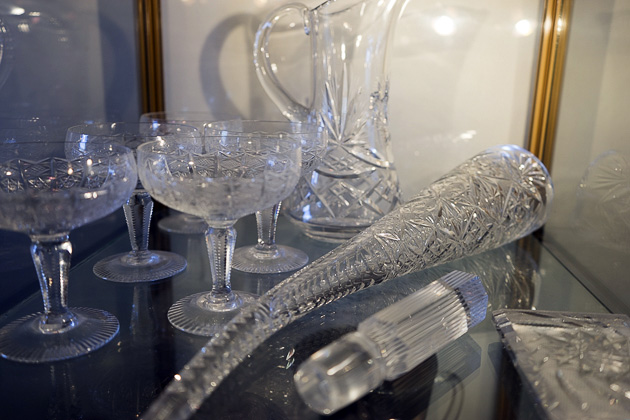
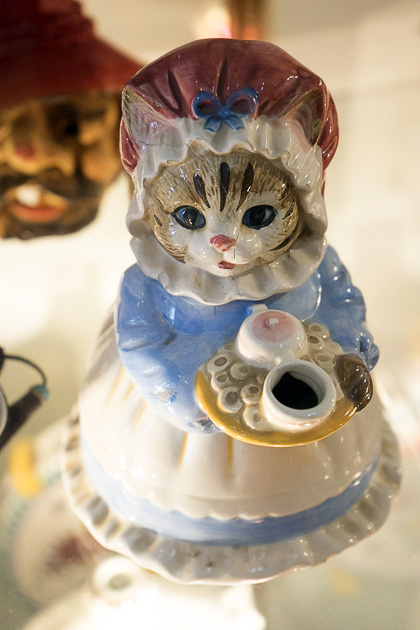


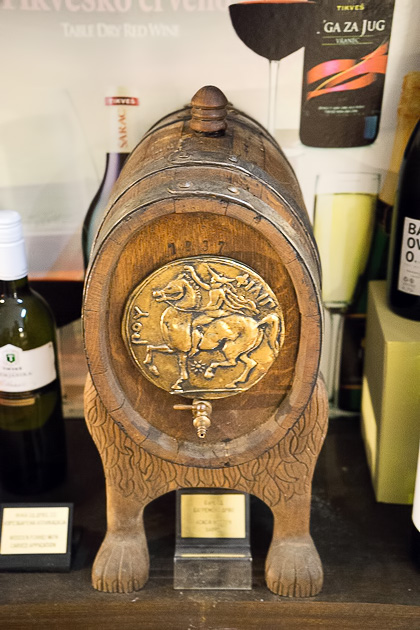
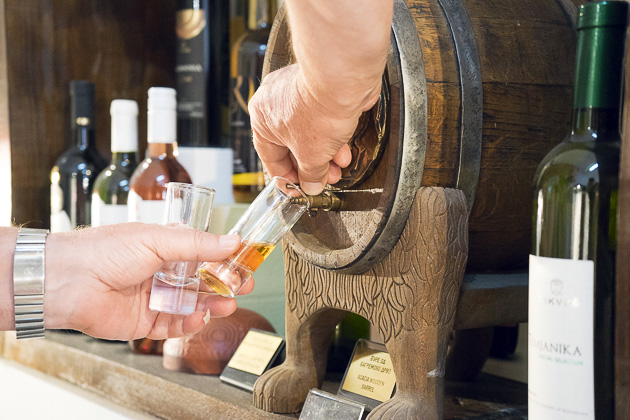

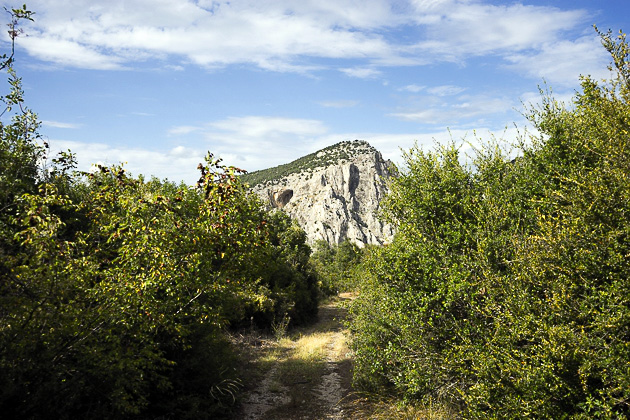
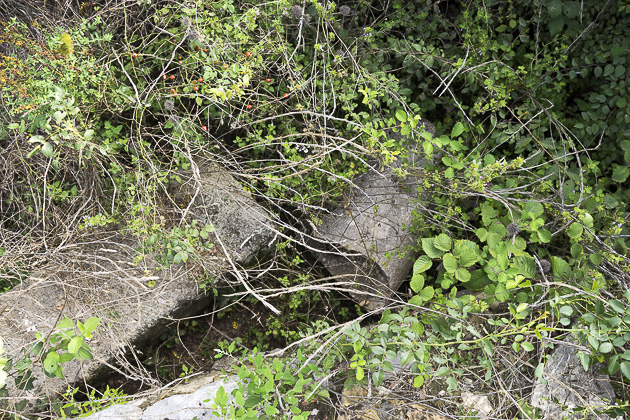
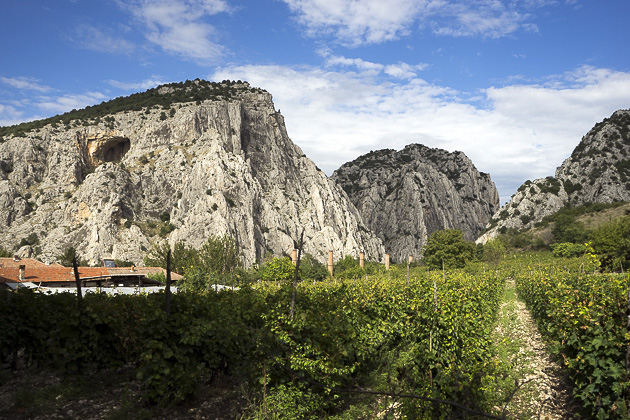
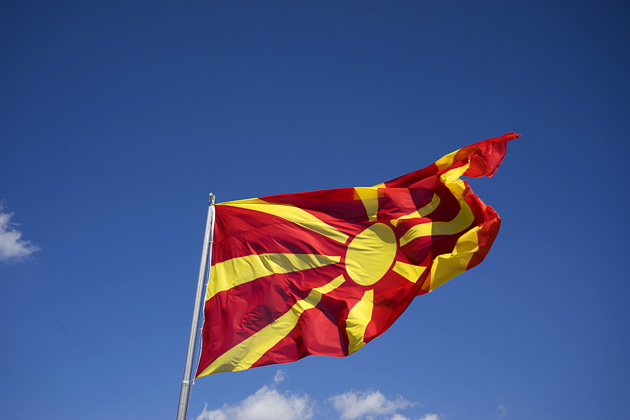
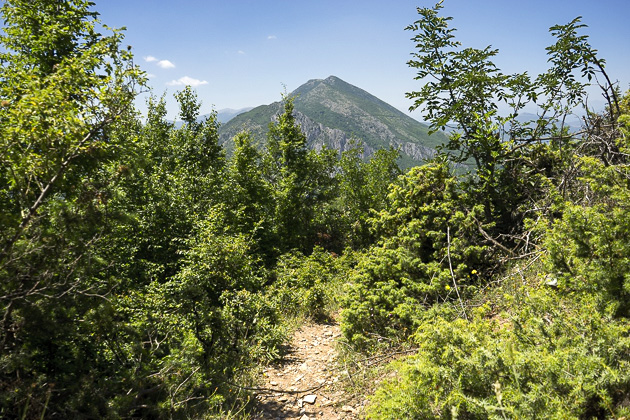
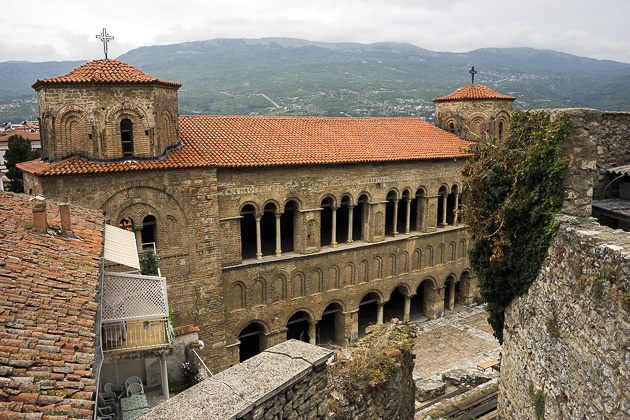

I think that we actually found the location of the overgrown basilica years ago, also with the help of a local: https://mymacedoniablog.wordpress.com/sightseeing/south-east-macedonia/demir-kapija/